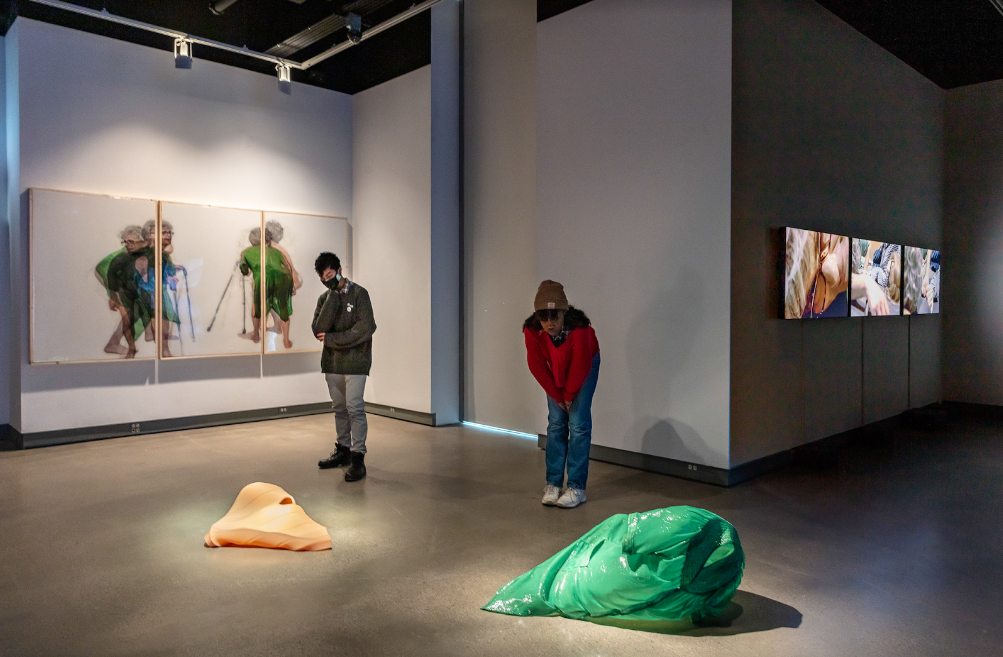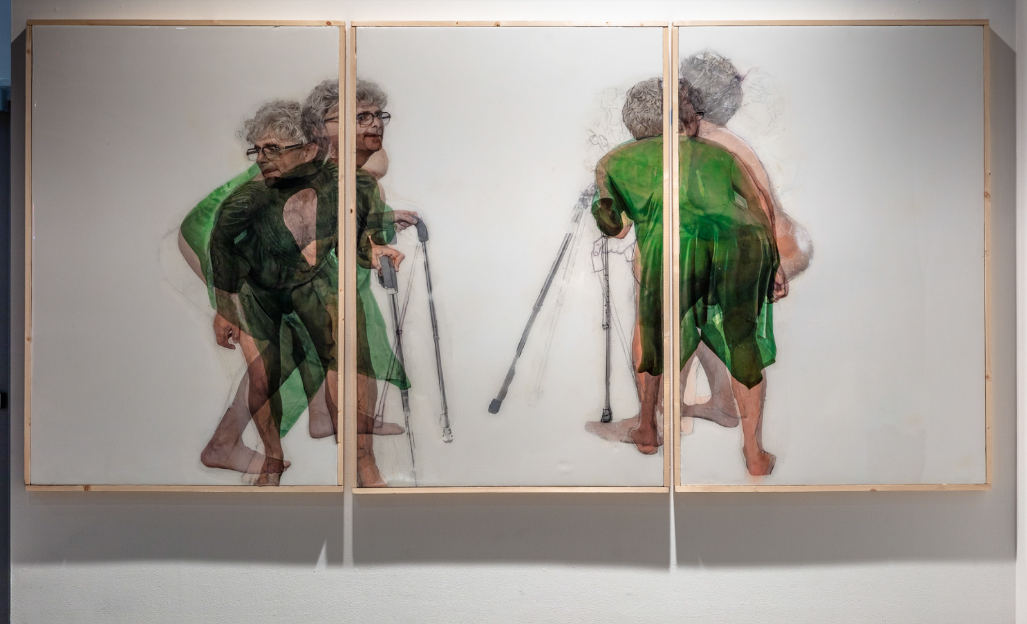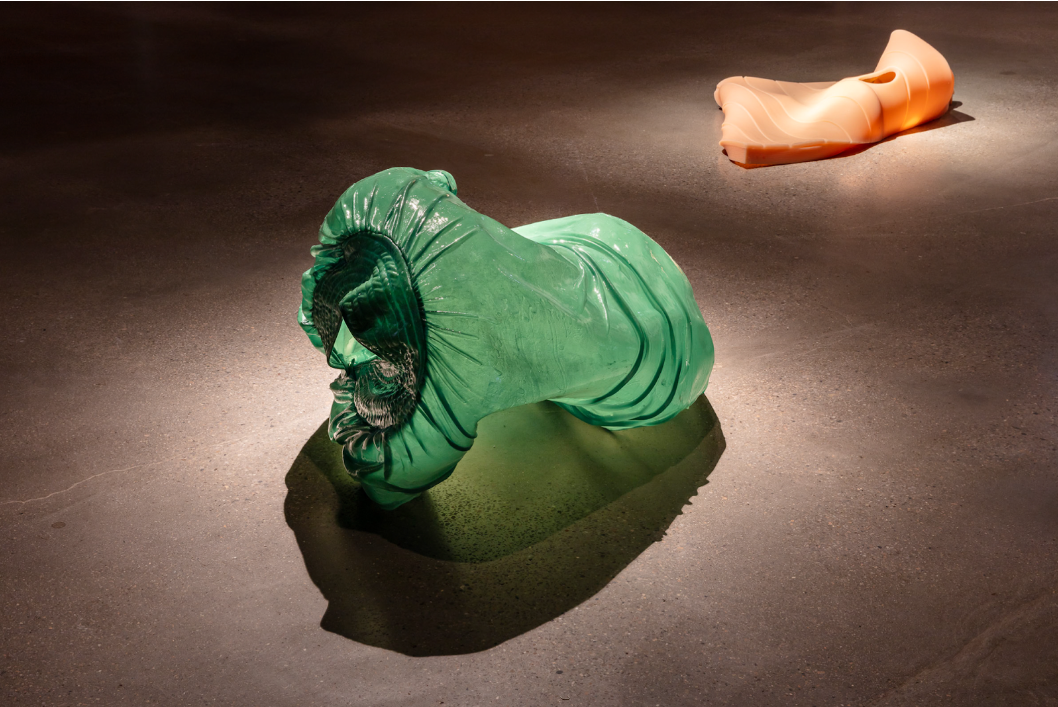Grandma’s House
Matthew McGaughey (2021–Present)Grandma’s House by Matthew McGaughey :: Supported by FRFAF (#2021-056) from STUDIO for Creative Inquiry on Vimeo.
Grandma’s House is an ongoing interdisciplinary exploration of the relationship between a grandmother and an adult grandson. The artist conducting this project, Matthew McGaughey, examines the complexity of their connection through a series of recorded performances, objects, sounds, and scents. There are currently six multimedia pieces, Whisper Hole, Candy Hole, Hello?!!, Becoming Grandma, Triptych, Stand-In Stand-Up, Curtain Wall, and House Dress.
Matthew McGaughey was born in Phoenix, Arizona, in 1978. Having trained formally as a composer and musician, he attended the Eastman School of Music, where he earned his BM, and The University of York in the UK, earning his Ph.D. with an emphasis on extended performance practice and music technology. After moving to Los Angeles in 2004, he had 14 years commercial career in the entertainment industry, writing music for television, film, and advertising, primarily focusing on scoring reality TV.
Engaging with sculpture, video, performance, and installation, his primary medium is his own body. Through it, he metabolizes various tropes and personae to complicate them. He begins by inhabiting archetypal characters, which are as diverse as Kurt Cobain, a yoga guru, and various family members. The surface representation begins to rupture as they resonate in his body and engage in various, often repetitive actions. He works as a kind of reverse hypnotist where the hypnotized begins to hold agency. This is also mirrored in how he uses sets and locations. Instead of avoiding the back and sides of the production space, his characters make full use of them—walking, crawling, and falling behind, through, and against the set’s surface. In letting the production process show, Matthew explores the messiness around the edges, the spaces where the supports, scripts, cameras, etc., live.
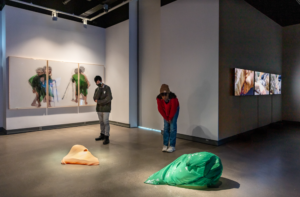
Like much of the artist’s practice, the work emerges from reductive, two-dimensional characters. At first, the grandma is everyone’s grandma, an object, a mannequin, a doll. The artist describes the initial process as relinquishing his physical self-identity and allowing the grandma to possess him: “I go slack, and she takes over. It’s haunting. I operate solely under her control.” To open the possibility of engaging each other relationally, the artist employs a dummy of himself and takes turns with his grandmother’s specter to animate and incorporate. The physical body and the stand-in operate together to reenact abstracted moments from Matthew’s personal history with his grandmother.
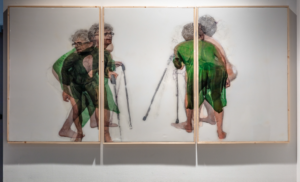
The artist attempts various production and editing tricks to create a smooth transition between the object grandma and embodied grandma, the object Matthew and embodied Matthew. The characters are confined within this flatness, blankly enacting their roles. Grandma’s house is a trap in which objects get stuck and begin to fracture.
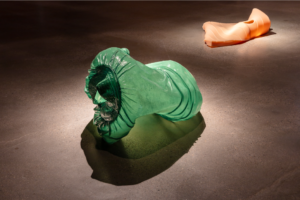
By creating such a space, Matthew was investigating what emerges here, perhaps a new tenderness or a legitimate relation of care. How can the characters escape the space they find themselves in? How can they break free from their interactive loops and scripts? How can genuine liveness emerge as their prescriptive representations fail?
This project was made possible by support from the Frank-Ratchye Further Fund Grant #2021-056.
